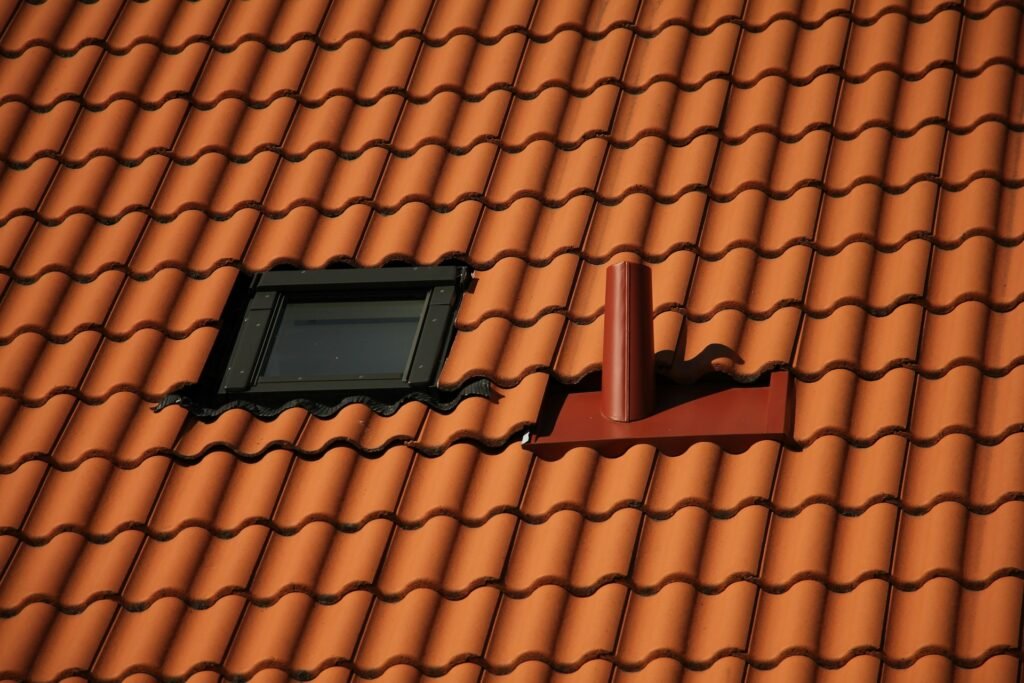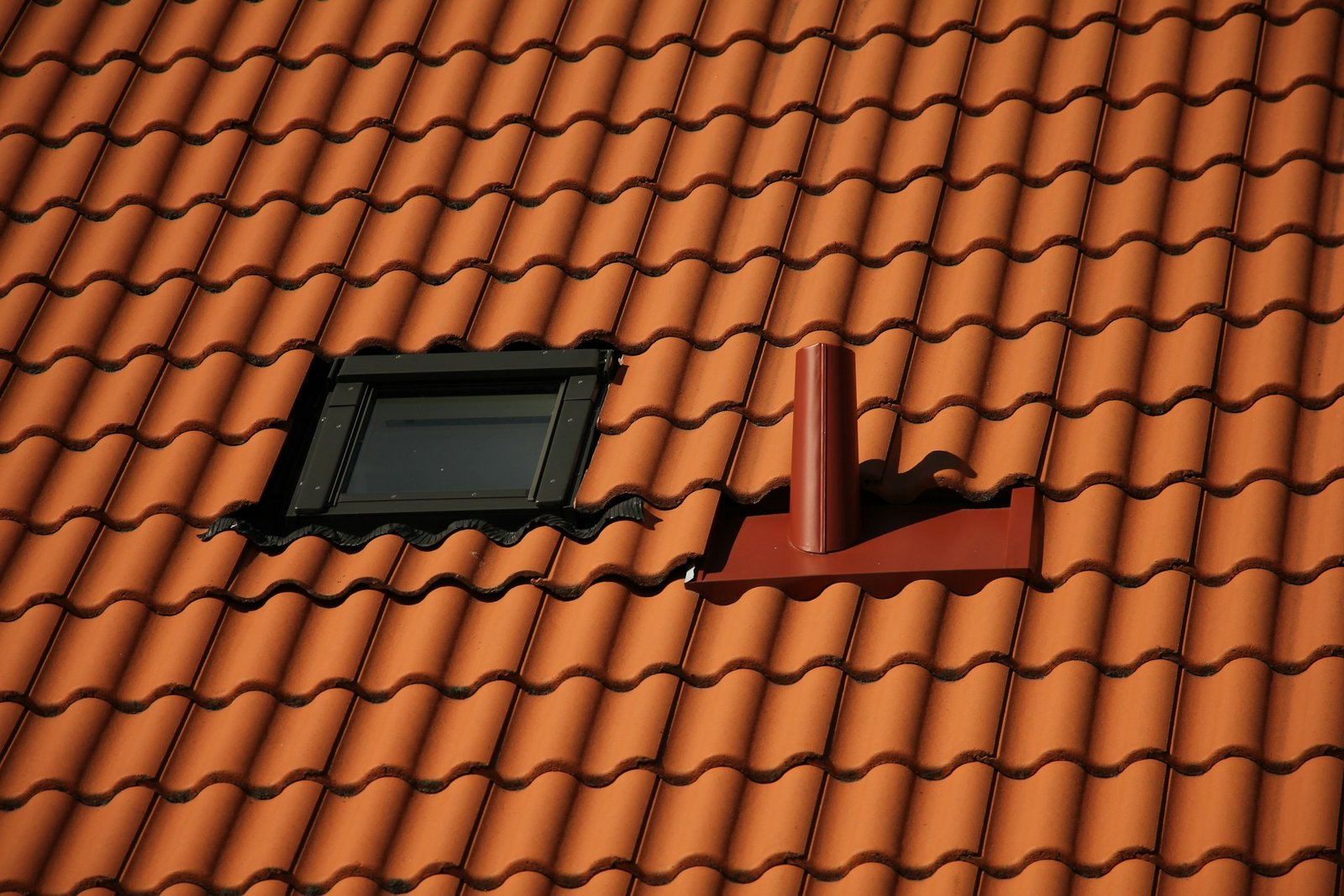Ever had a room that looked great in pictures but didn’t feel right in real life? Maybe the paint was fresh, the lighting soft, the decor on trend—but somehow, the floor still creaked, or the cold came in through the walls. That gap between how a home looks and how it actually functions is where many homeowners get stuck.
In a world obsessed with aesthetics, it’s easy to focus on surface-level upgrades. Social media makes it worse. Swipe through enough before-and-afters, and you’ll start thinking your biggest issue is not having gold hardware or moody lighting. But design trends won’t fix drafty rooms, water-damaged siding, or a roof that’s quietly decaying over your head.
That’s the problem with treating your house like a movie set. When everything’s for show, it’s easy to ignore what’s behind the walls—or above them. And the cost of that ignorance can sneak up fast. In this blog, we will share how to recognize when your home needs real structural attention, not just another round of touch-ups, and what to do before small problems grow into expensive ones.
The Problem with Cover-Ups
There’s nothing wrong with wanting a beautiful home. A fresh coat of paint can work wonders. So can new tile or an upgraded kitchen faucet. But cosmetic changes often distract from the issues you can’t see—like a roof that’s outlived its warranty, insulation that’s shifted, or siding that’s started to warp beneath the surface.

This disconnect becomes especially obvious during bad weather. Water finds its way through weak points. Drafts creep in through old window frames. And when the seasons change, so do your utility bills. Those picture-perfect updates stop feeling so clever when the heat slips right out of the house in December.
That’s where professionals come in. A skilled roofing contractor, for instance, can tell you whether those ceiling stains are just cosmetic or signs of something deeper—like flashing failure, rot, or hidden leaks. Most homeowners don’t climb onto their roofs or peek behind the fascia boards. So they rely on visual cues: “Looks okay from here,” they think. Until it doesn’t.
The same goes for flooring. Laminate can hide uneven subfloors. Repainting can mask water damage. But ignoring these signals doesn’t make them go away. It just means they’ll show up later, in more expensive ways.
What Wear and Tear Actually Looks Like
Not every issue screams for attention. Some sneak up. A door that suddenly doesn’t shut right. A soft spot underfoot near the sink. Drafts that only show up during windstorms. These aren’t just quirks. They’re early warnings.
Take wood rot, for example. It often starts in areas people forget to check—beneath decks, around chimneys, or where gutters overflow. By the time you spot it from the ground, it’s likely been quietly spreading. And since rot often travels behind paint and caulk, even a “nice-looking” exterior can hide damage.
The same goes for ventilation problems. If your attic smells musty or your utility bills spike after every storm, the problem might not be your thermostat. It could be airflow, insulation, or roof ventilation that’s no longer working as designed. These are the kinds of issues that don’t get solved with décor. They need assessment, tools, and experience.
The Role of Routine Inspections
Here’s where most people slip: They wait until something breaks. No one wants to spend money fixing a roof that isn’t actively leaking or replacing siding that still looks fine from the street. But that kind of thinking only works until the next storm—or until the damage becomes visible.
Think of it like dental care. You wouldn’t wait for all your teeth to fall out before seeing a dentist. You go for cleanings, check-ups, and x-rays to catch problems early. Houses are no different. A good home maintenance routine includes inspections of the parts you don’t see every day.
That might mean calling in an HVAC tech before winter hits. Or having someone inspect your attic for moisture buildup. Or hiring a pro to evaluate the integrity of your windows and doors—not just for comfort, but for safety and efficiency too.
These check-ins are also where long-term savings happen. Spotting issues early can cut your repair costs by thousands. It can also make your house safer and more comfortable to live in, even if nothing “looks wrong” from the outside.
Balancing Budget with Strategy
This doesn’t mean every fix has to happen all at once. Most people can’t gut their entire home or re-roof in an afternoon. But prioritization matters. It’s okay to paint the walls if that’s what you can afford—but keep a list of the upgrades that protect your structure.
Start with the parts of your home that defend against the elements. Roof, windows, siding, and drainage. These are the layers that stand between your family and the weather. They’re also the ones that most directly affect energy bills, insurance claims, and long-term property value.
If you’re unsure where to begin, get a professional evaluation. Some roofing experts offer assessments that flag issues before they grow. Even if you don’t act on every recommendation right away, just knowing what’s coming helps you plan ahead.
And when you do upgrade, skip the shortcuts. Use quality materials. Vet your contractors. Look at warranties and reviews. These details matter a lot more than cabinet color or pendant lights.
Home That Works > Home That Wows
The housing market is shifting. More buyers want function, not just flair. Energy efficiency, structural soundness, and protection from weather are top concerns—especially as storms grow stronger and energy costs rise. If you’re thinking about resale value, start there.
But even if you’re staying put, there’s something powerful about living in a home that doesn’t surprise you in a bad way. A home that keeps the temperature steady. That doesn’t spring leaks every time it rains. That feels quiet when it’s windy and solid when you walk across the floor.
That’s what long-term comfort looks like. It’s not just new tile and clever lighting. It’s the stuff you don’t see—but definitely feel.
So if your home still looks good but something feels off, don’t settle. Listen to those small warning signs. That cracked ceiling tile? That draft near the front door? They’re trying to tell you something.
And sometimes, what they’re saying is: Stop patching. Start fixing.








